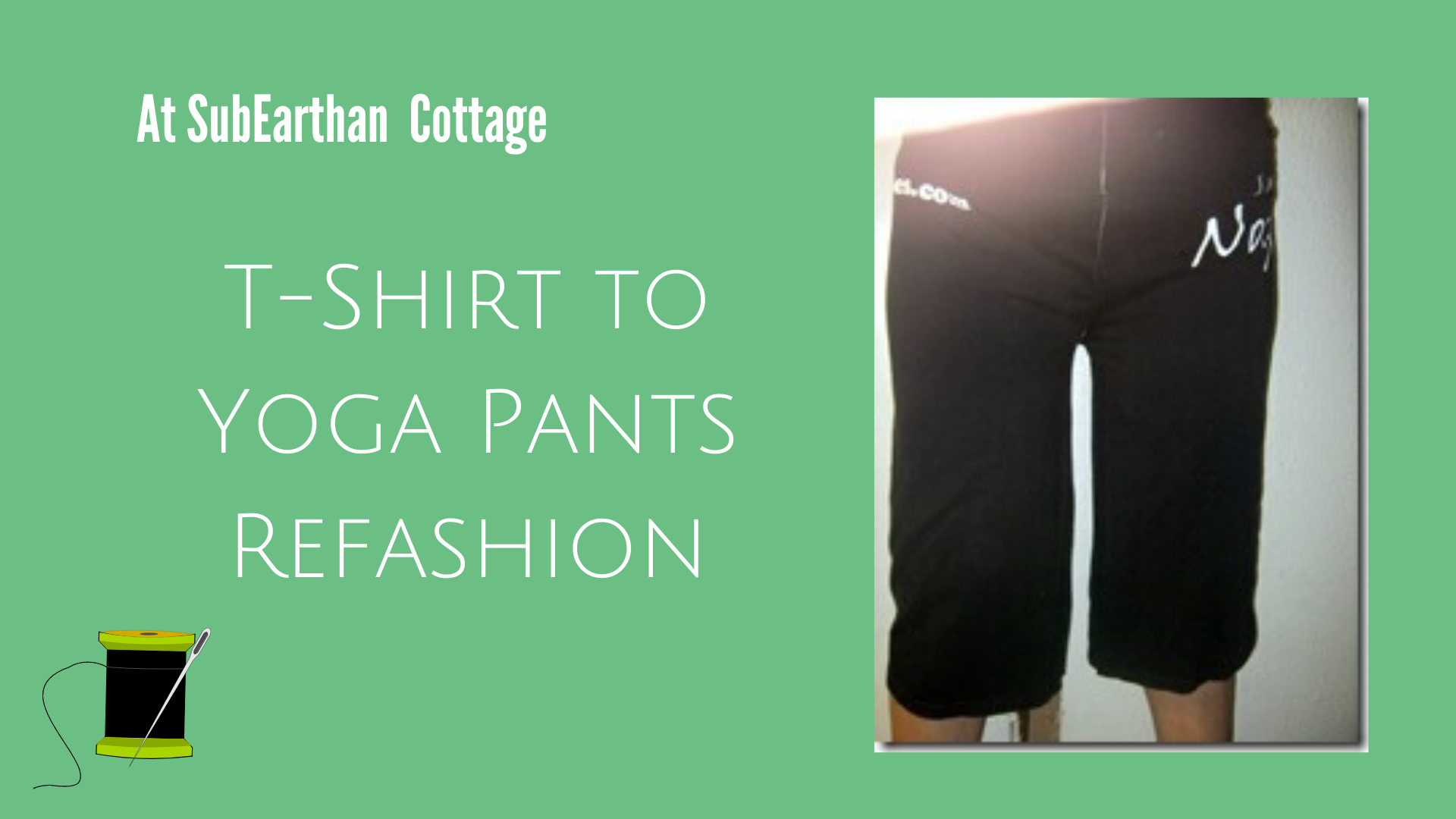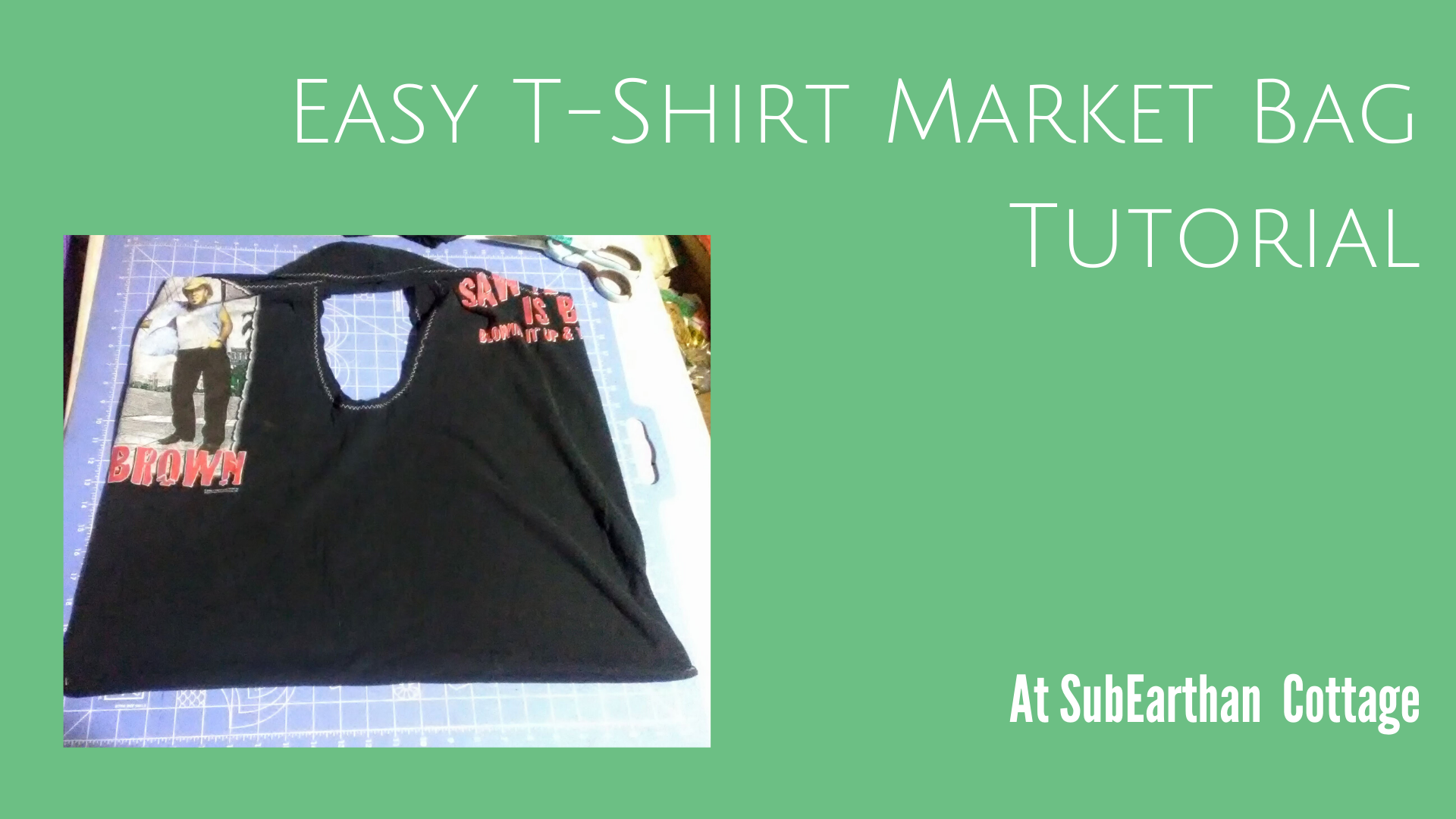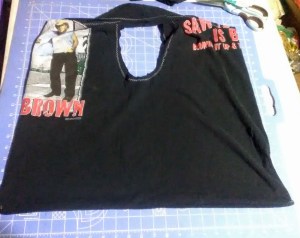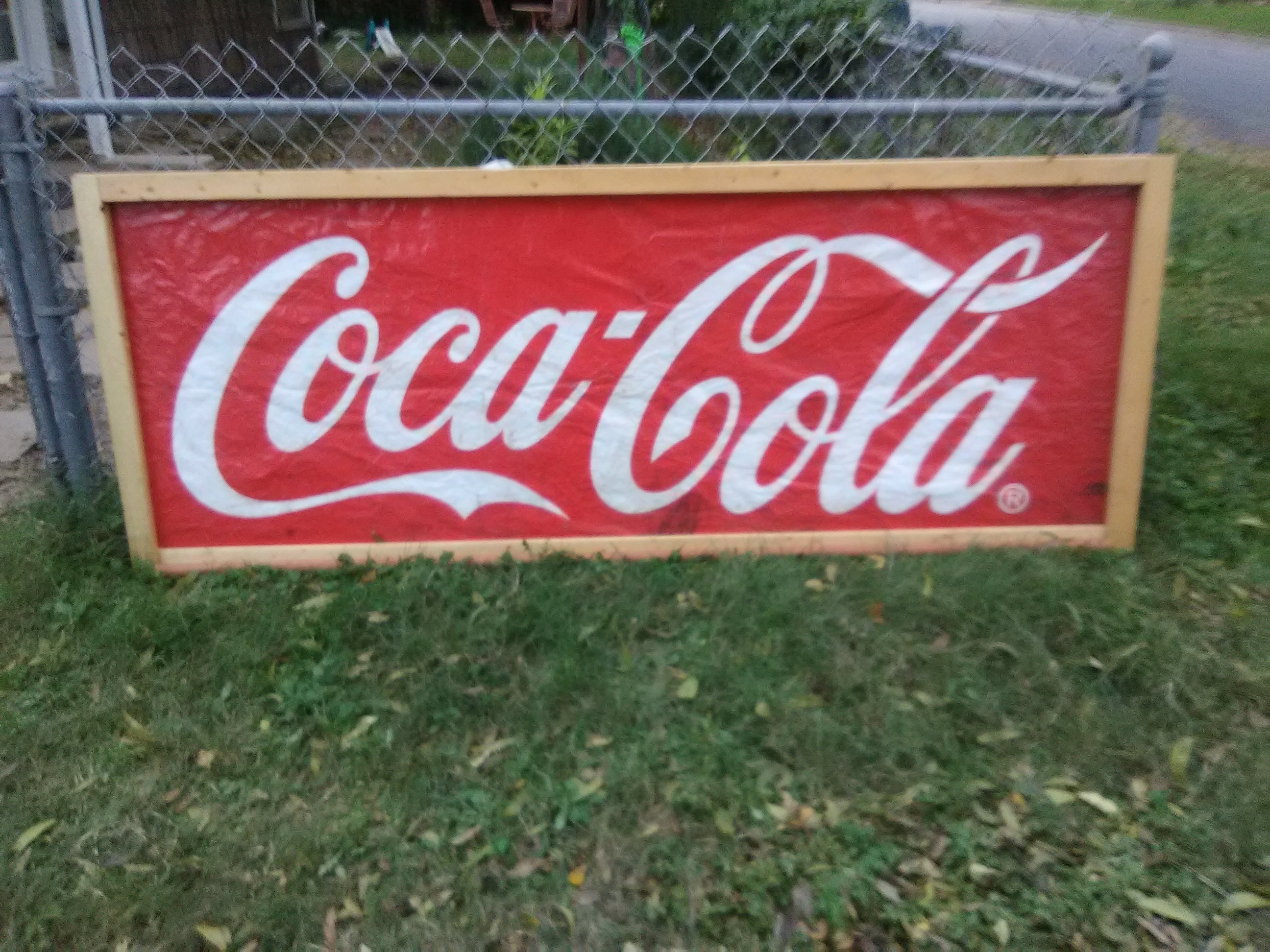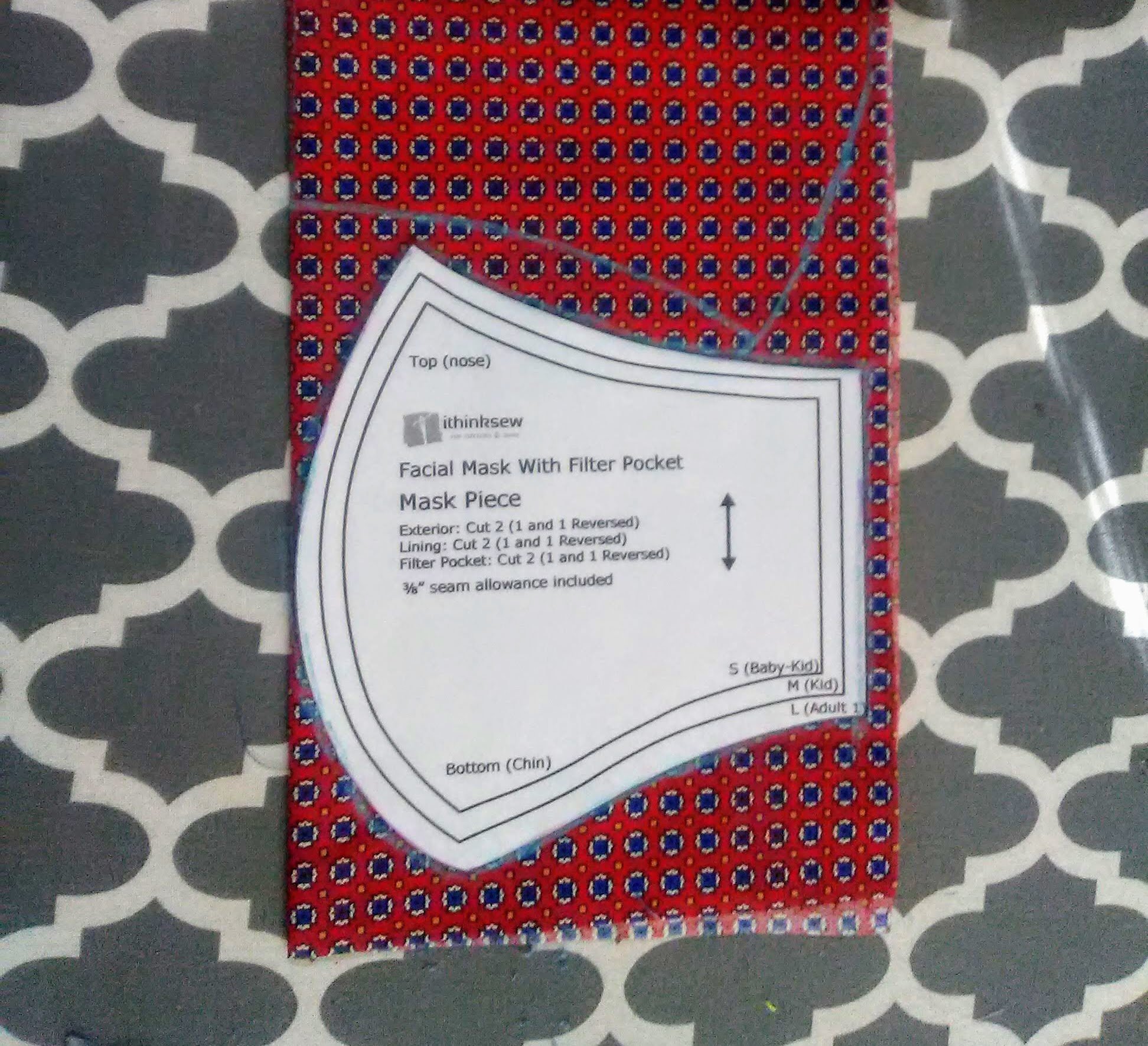
Several weeks ago, I got an email talking about DIY cloth face masks. It provided a link to a free pattern. Honestly, I thought it was kind of silly. From what I’d heard, N95 masks were the only masks able to do anything against COVID-19.
A few days ago, I saw posts about people making masks and donating them to healthcare providers and nursing homes. Again, I was skeptical. If N95 masks were the only masks able to filter COVID-19, surely making cloth masks was just something that made people feel like they were doing something productive with little actual value. Still, I decided to look into it. As it turns out, cloth masks, while not as good as N95 masks, do offer some protection.
What protection can a DIY cloth face mask offer?
During my research, I frequently saw a Cambridge University study referenced. This page at smartairfilters.com gives a good overview of the study. In a nutshell, various household materials and fabrics offer protection ranging from 49%-86% against particles smaller than the coronavirus. At the top end are vacuum cleaner bags, but they are difficult to breathe through.
The more common types of materials used in DIY masks, such as cotton fabric, t-shirt blends and dish towels offer 57%-73% protection in a single layer. Using two or more layers increases the protection, but the increased protection varies by fabric.
Overall, it’s clearly not as much protection as an N95 mask, but a DIY cloth face mask does offer some protection. Any reduction in exposure will reduce your chances of getting sick, from COVID-19 or any other bugs out there. I’ve also heard that first responders and healthcare providers are using cloth masks over the N95 masks. This allows them to change the cloth mask and reuse the N95 masks longer. Different hospitals and healthcare providers have different needs and preferences, so if you decide to make some to donate, check first.
What I’m doing.
After debating and seeing interest among friends and family, I’ve decided to make a few to start. I’m using the more finished mask design from IThinkSew’s free patterns as my starting point. They also have a simplified pattern designed to be easy enough to sew by hand.

I am planning to swap the ear elastics for ties that go behind the head. I’m making that change based on seeing complaints that ear elastics are uncomfortable if used for long periods and can dislodge hearing aids. Cloth is also able to withstand higher heat than elastic, so swapping the elastic for ties allows the masks to be washed at higher temperatures. Elastic can also wear out quickly if it’s being put on, taken off and washed frequently, so cloth ties should prolong the usefulness of the mask.
The pattern I’m using has two layers and a filter pocket, making it three layers in total. Alone, it should offer some protection. For added protection, though, I’ve been looking at different filter materials. The one that seems most readily available to me is embroidery stabilizer. It has similar properties to other filter materials and is washable. There isn’t a ton of information on it as a filter substance, but I am seeing other people using it as well. It’s similar to but lighter than vacuum bags (if using cut away or tear away), and the content is the same or similar to what is used in surgical masks.
I’m not sure how many masks I’ll make. I plan to start with the people I know that have shown interest and go from there.
The IThinkSew mask patterns don’t have written instructions, but they do have fairly detailed videos for both mask designs. If you’re making masks using that pattern and having problems, please comment with your questions and I’ll try to help. I’ll try to help with other patterns, too, but I might be less helpful without my own hands-on experience.
Other sewing projects.
Knowing that so many are stuck at home right now needing distractions, I’ve decided to make all of my machine embroidery design files free until April 7. That’s the day my area’s shelter in place order expires. If it is extended, I’ll extend the embroidery design freebies, too. If you make something with one of my designs, I would love to see it.
Like this post? To make sure you never miss a future post, please sign up for my newsletter.

Embroidery Files and Freebies
Embroidery design files and freebies from SubEarthan Cottage. All designs are scaled to fit 4×4 hoops common on home embroidery machines.

